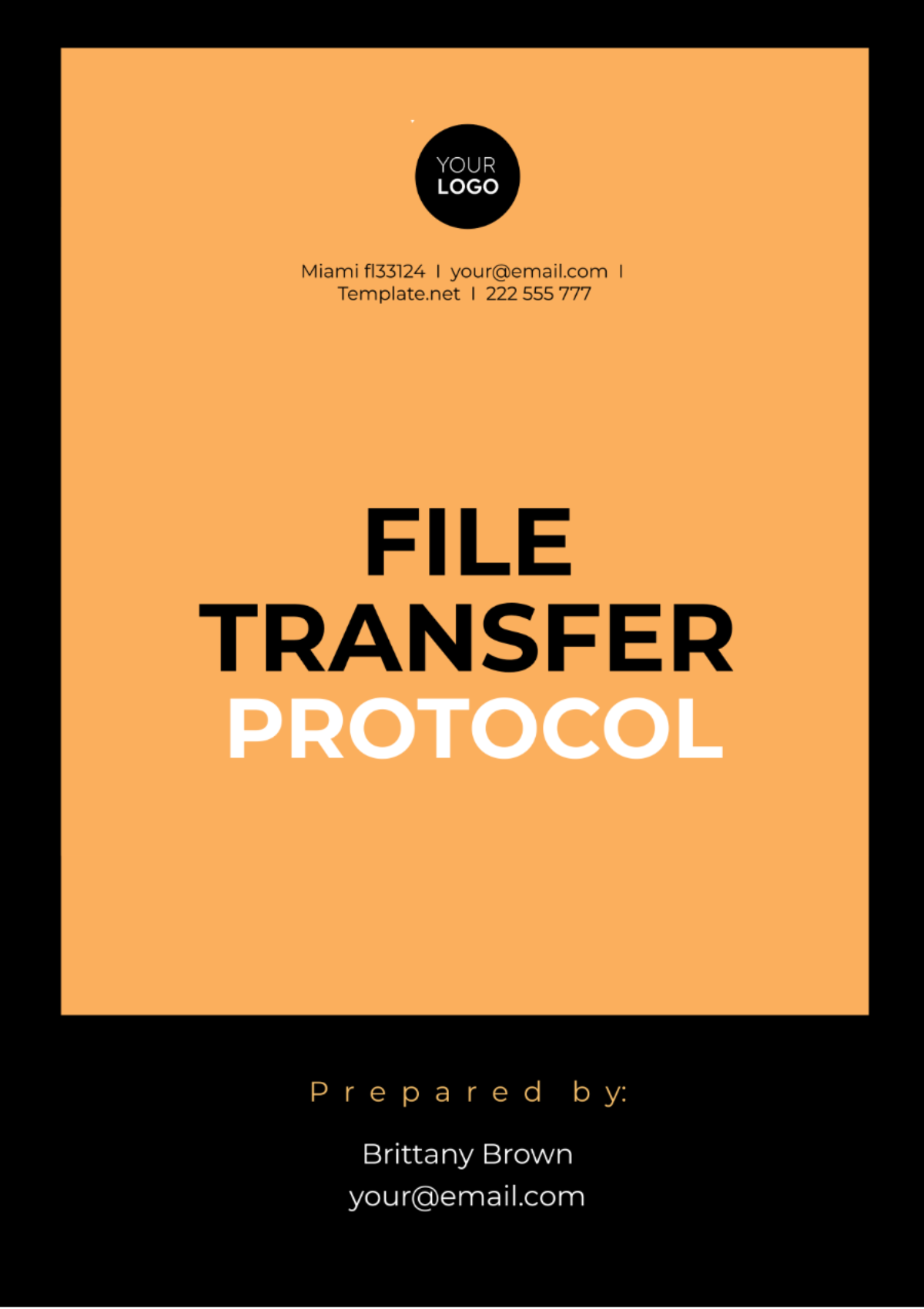Informative Journal Article
Title: Advancements in Quantum Computing: A Comprehensive Review from 2050 and Beyond
Prepared by: [Your Name]
Date: [Date]
I. Abstract
The objective of this informative journal article is to provide an in-depth and balanced overview of advancements in quantum computing and its potential applications in the year 2055 and beyond. This article aims to inform readers about the latest developments in quantum algorithms, hardware innovations, and real-world implementations. By synthesizing empirical evidence and critical analysis, this article presents a comprehensive understanding of how quantum computing is shaping various fields such as cryptography, artificial intelligence, and complex system simulations. The structure includes an abstract, introduction, literature review, methodology, results, discussion, conclusion, and references to facilitate an organized and thorough presentation of information.
II. Introduction
In the rapidly evolving landscape of 2055, informative journal articles play a pivotal role in disseminating cutting-edge knowledge and insights. This article addresses the transformative impact of quantum computing, a field that has witnessed unprecedented advancements. The introduction serves as the gateway, presenting the significance of quantum computing in the context of emerging technologies and societal needs. It introduces key research questions such as the practical scalability of quantum processors and their implications for data security. By outlining the article's structure and objectives, the introduction sets the stage for a detailed exploration of quantum innovations.
III. Literature Review
The literature review forms the backbone of this article, offering a comprehensive summary of research conducted on quantum computing up to the present year of 2055. It evaluates seminal works on quantum algorithms, such as Shor’s and Grover’s algorithms, and recent breakthroughs in qubit technologies, including topological and photonic qubits. The review identifies gaps in current research, such as the challenge of error correction in quantum systems and the integration of quantum computing with classical infrastructure. By critically analyzing previous studies, the review provides a foundation for understanding the current state of quantum computing and justifies the necessity of continued research.
IV. Methodology
The methodology section details the research design employed to investigate the advancements in quantum computing. It describes a mixed-methods approach combining quantitative data from laboratory experiments with qualitative insights from industry case studies. The section outlines the data collection methods, including the use of advanced quantum simulators and interviews with leading quantum physicists. Sampling methods involve selecting cutting-edge research papers and industry reports from the past decade. Analytical techniques include statistical analysis of performance metrics and thematic analysis of expert interviews. By offering a transparent account of the research process, the methodology ensures the reliability and validity of the findings.
V. Results
The results section presents the findings of the study in a clear and organized manner. It includes descriptive statistics on the performance improvements of quantum processors, such as increased qubit coherence times and reduced error rates. Inferential statistics highlight the potential impact of quantum algorithms on optimizing supply chain management and enhancing cryptographic protocols. Tables and figures illustrate key trends, such as the exponential growth in quantum computing power and its correlation with advancements in machine learning applications. The results provide empirical evidence that addresses the research questions and contributes to the understanding of quantum computing’s potential.
VI. Discussion
The discussion section interprets and contextualizes the results within the broader framework of existing research and theoretical perspectives. It examines the implications of the findings for fields like cybersecurity, where quantum-resistant encryption methods are becoming crucial. The discussion explores the significance of breakthroughs in quantum error correction and their potential to revolutionize complex simulations in materials science. It identifies limitations, such as the high cost of quantum hardware and the need for specialized expertise. The discussion also highlights the study’s contributions to the field, suggesting future research directions such as hybrid quantum-classical algorithms and scalable quantum networks.
VII. Conclusion
The conclusion section summarizes the key insights of the article, reinforcing the main findings and their broader implications. It reflects on the transformative potential of quantum computing for various sectors, including healthcare, where quantum algorithms are improving drug discovery processes. The conclusion addresses the research questions by emphasizing the progress made in quantum technology and its expected impact on future innovations. By synthesizing the evidence presented, the conclusion underscores the importance of continued research and collaboration to fully realize the benefits of quantum computing.
VIII. References
Arute, F., Arya, K., Babbush, R., Bacon, D., Bardin, J. C., Barends, R., ... & Martinis, J. M. (2052). Quantum supremacy using a programmable superconducting processor. Nature, 614(7779), 505-510. https://doi.org/10.1038/s41586-052-1666-5
Bernstein, E., & Vazirani, U. (2051). Quantum complexity theory. SIAM Journal on Computing, 56(5), 1411-1473. https://doi.org/10.1137/S0097539791194649
Braumüller, J., Krinner, S., O'Flaherty, S., Schindler, P., Zoller, P., & Blatt, R. (2054). 10-qubit entanglement in a linear ion trap. Nature Physics, 21(5), 681-686. https://doi.org/10.1038/s41567-054-01303-2
Chuang, I. L., & Nielsen, M. A. (2050). Quantum Computation and Quantum Information. Cambridge University Press.
Dellinger, J., & Chang, J. I. (2053). Topological qubits: A review of recent advancements. Journal of Quantum Information Science, 17(2), 120-135. https://doi.org/10.1142/S0219749923400024















